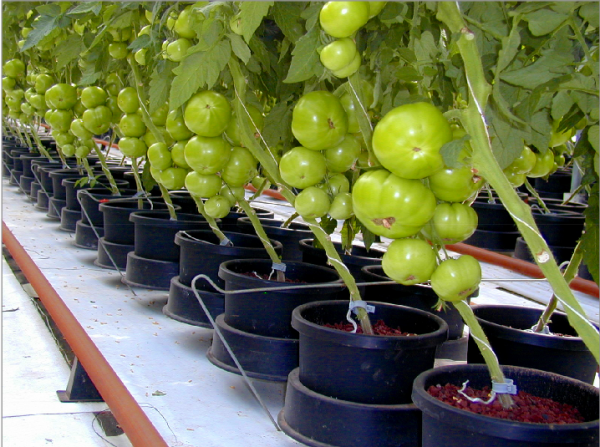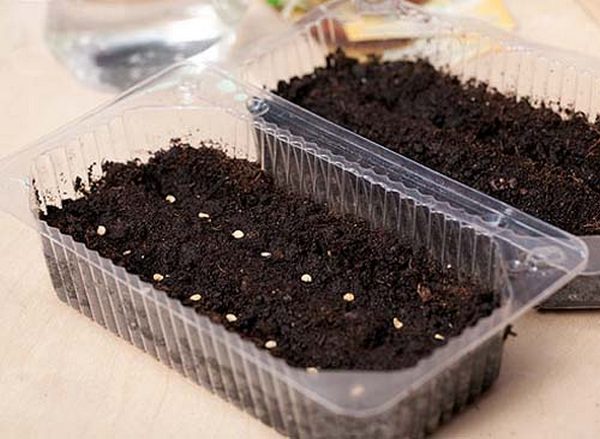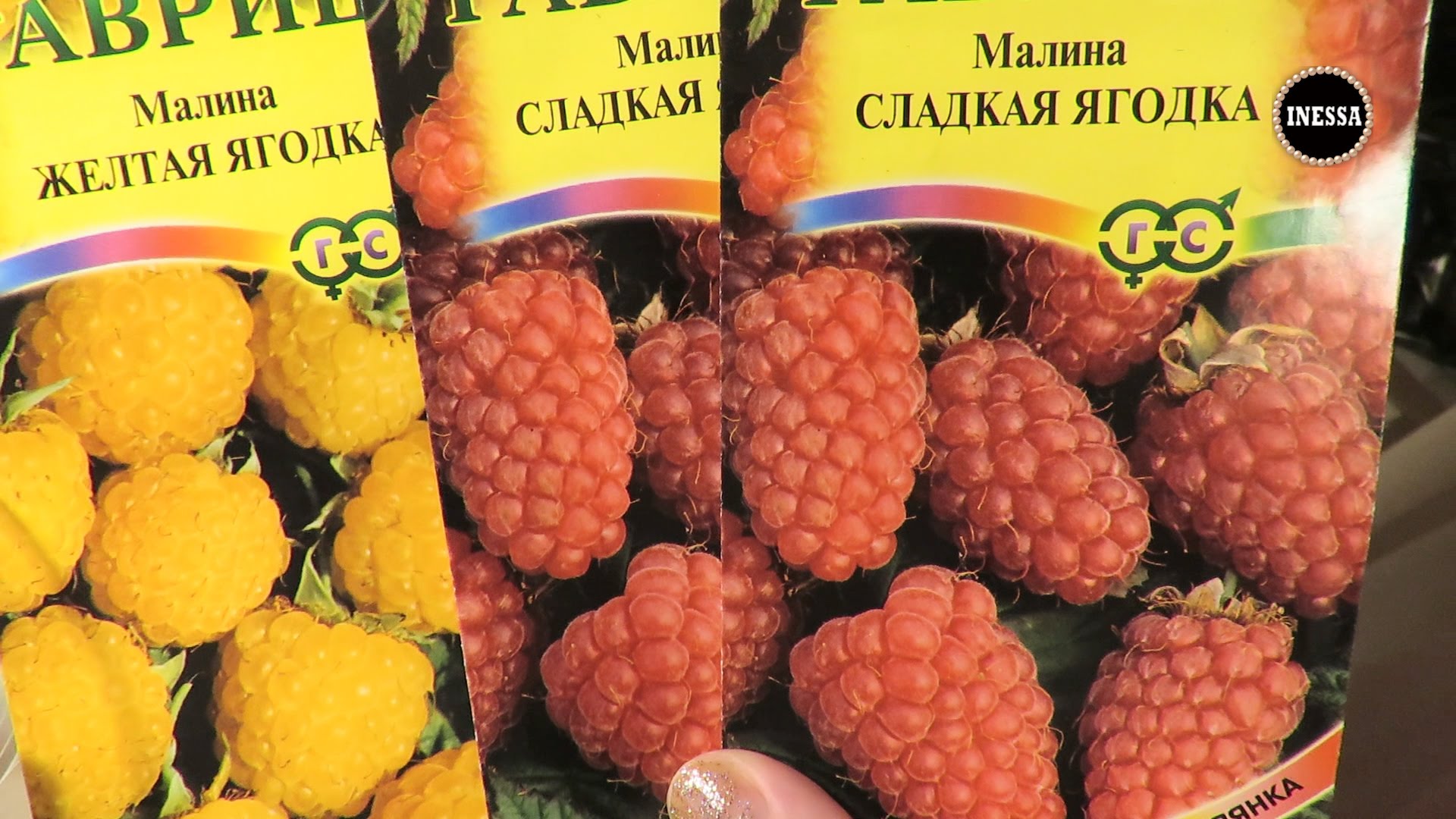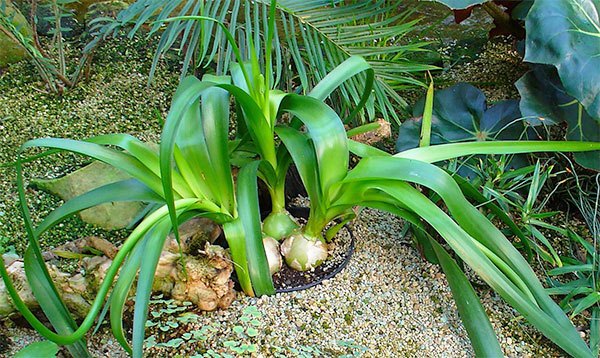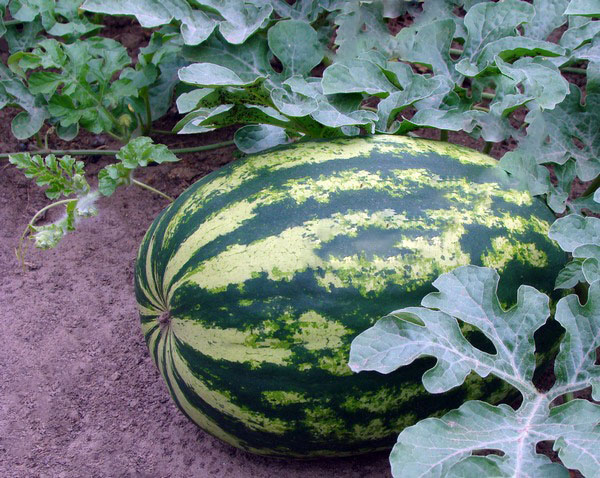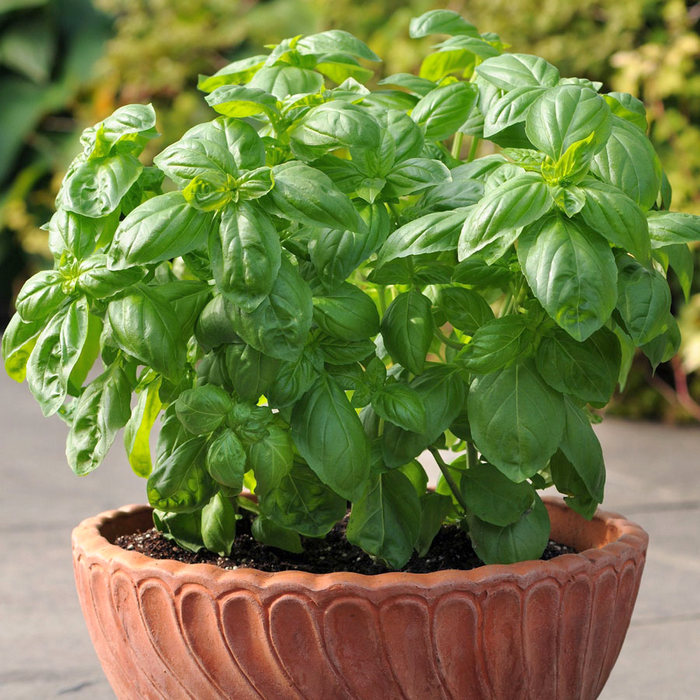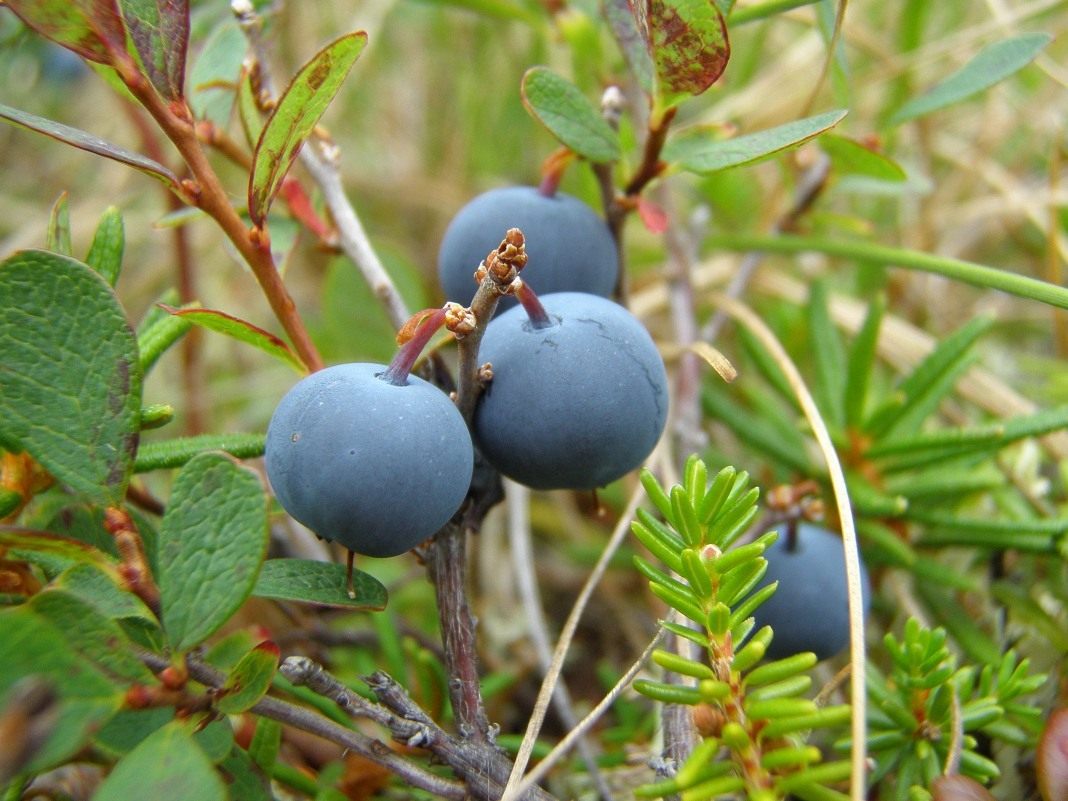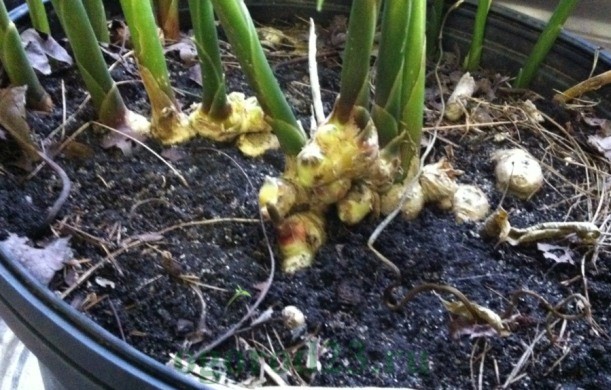Content:
Tomatoes came to us from South America, where they were wild perennial plants. Russian scientists and vegetable growers have made the plant a homemade, annual, requiring care and producing an excellent healthy harvest. Today tomato is a vegetable that is loved for its taste and healthiness. The plant is characterized by a variety of varieties, manner of growth and increased productivity. True, in order to get a good harvest, it will take a lot of effort - to grow strong and healthy bushes, to protect against diseases and pests is not so easy.
Self-cultivation of seedlings gives a guarantee of a good harvest, the harmlessness of the vegetable, and the successful cultivation of tomatoes in the garden.
In order to grow a culture at home (both peppers and other crops), you will need to first prepare the soil for seedlings and seeds for seedlings.
Seed preparation
The seeds can be sown dry, but it is better to soak them first. To do this, they are immersed in salt water to discard empty seeds. Then the good ones are washed with clean water and dried on paper towels. Next, you have to soak the seeds for planting - put on a damp cloth and close with a lid. Leave the seeds in this form for 10 to 20 hours in a warm place. You can keep it for longer until they germinate (the appearance of white navel-roots), but for this the napkin must always be damp.
In order to preserve the harvest, purchased seeds must be disinfected:
- a solution of 1% potassium permanganate (1 g per 1 liter of water). Soak the gauze in the solution and wrap the seeds in it for 20 minutes, then rinse with water.
- a solution of soda with water (1 teaspoon per 1 liter of water). It disinfects seeds and promotes early fruiting.
- a solution of aloe juice and water. The juice can be bought both at the pharmacy and squeezed out of the leaf yourself. Place the aloe solution in the refrigerator for 5 days before mixing. The seeds are soaked in juice mixed with water for 12 hours. This method increases the immunity of tomatoes to diseases.
Soil types
Seeds for seedlings can be planted in regular soil from the garden or special mixtures for growing seedlings at home. The main thing is that the soil for seedling planting contains sod and humus soil in equal proportions. For the looseness of the soil, you need to add a little sawdust or peat to it.
Often vegetable growers use coconut substrate for seedlings, which has proven itself in the growth of the root system of the seedling bush. Also, for growing vegetables at home, peat tablets with a diameter of up to 36 mm are used.
If the soil is taken from the garden, then it must be disinfected in one of the following ways:
- bake in the oven at 200 ° С for no more than 15 minutes;
- warm up in a microwave oven with a power of 850 W for 1-2 minutes;
- spill with boiling water (lay drainage under the ground);
- pour a solution of potassium permanganate.
Growing
After the seeds and soil are prepared, you can combine the ingredients to grow tomato seedlings at home.
How to plant tomatoes for seedlings correctly at home?
To do this, you need to take into account the period of the year so that the seedlings take on well and grow up for the season of planting in a greenhouse or open ground. Seedling period from 45 to 65 days (the period varies depending on the variety). It is important to know and at what time it is correct to plant the culture in the ground.It takes from 7 to 10 days to germinate, from germination to flowering, it takes from 50 to 60 days. Based on this, the approximate time of sowing seeds is obtained in the 15th-20th of March.
Seedlings should be planted in wooden boxes no more than 10 cm in height. The seeds are immersed in the ground by 0.5-1 cm and covered with foil or glass. You can cover with any other lid, but transparent and so that it is like a cap. The timing of the emergence of sprouts from seeds depends on the air temperature in the room and under the film, on the type of culture.
When the first shoots appear, you need to provide them with proper lighting. This will require lamps that will illuminate the seedlings around the clock the first days after the appearance of "loops" and 16 hours before moving into the ground. After lighting with a lamp, you need to illuminate the seedlings with natural daylight, which is replaced by lamp light at sunset. Therefore, boxes with bushes need to be moved to a well-lit room or to a windowsill.
The room must comply with the temperature regime of 14-16 ° C. A week later, after the seedlings have matured, the temperature should be up to 20-16 ° C. In order for the temperature to drop at night, you can open the vents and let in fresh cool air.
Seedlings growing at home should be watered moderately with water at room temperature. This culture does not like excessive moisture and withers from this.
As soon as the first pair of leaves appeared on the seedlings, it is necessary to provide watering once every 7 days. As soon as their number on the bush becomes more than 5, then you need to water the plant 1 time in 4 days.
Picking
To plant seedlings, you need to prepare individual pots or plastic cups with a volume of 0.5 liters. If the container is smaller, then the seating will have to be done twice. When diving, the main root must be pinched so that the root system will be more lush in the future.
Hardening
The hardening period begins 10 days before moving the seedlings by reducing the temperature from 20 ° C to 16 ° C. 5 days before planting, tomatoes are taken out into the fresh air for a couple of hours, first on the balcony, and then closer to the greenhouse in the garden. On the last day before moving the tomatoes to a greenhouse or garden, the seedlings are left outside for a day.
How to understand that the bushes are ready for planting:
- the stem of the plant thickens, and 6-7 leaves appear;
- flower brushes are formed;
- the type of seedlings suggests that the plant seems to want to stretch up.
In order to get good tomato seedlings at home, you need:
- observe the frequency of sowing seeds (tomatoes planted too early will be weak);
- choose the right varieties;
- use high-quality soil;
- observe proper watering;
- harden seedlings:
- observe the temperature regime in the room.
Disembarkation
After the seedlings have grown and got stronger, more than 5 leaves have appeared on the stems, have hardened, then the seedlings are ready for planting in the greenhouse.
Causes of diseases and death of seedlings
How to plant tomatoes for seedlings correctly at home, so that they grow well and do not die, be healthy and give a good harvest?
To do this, you need to follow the step-by-step instructions above. But, if, nevertheless, the plant underwent a disease, began to wither and grow poorly, it is necessary to identify the cause and eliminate it, to heal the seedlings.
Seedlings of tomatoes at home are more often exposed to the following types of diseases:
- Fungal. Pathogens are fungi that develop with insufficient care of the seedlings (overflow of plants, temperature changes, excessive moisture in the room). Diseases: late blight, black stem, white spots on the branches, powdery mildew.
- Non-infectious. They arise in case of improper feeding of the soil or a lack of minerals in it. Diseases manifest themselves in the form of blanching and curling of leaves (lack of oxygen or copper), dying off of branches on the stem (lack of phosphorus), lethargy of the plant as a whole (lack of potassium, calcium, sulfur).
- Viral. Diseases are caused by infected seeds or lack of nutrients in the soil, pests and unfavorable conditions for tomato growth. The most common viral diseases are mosaic and aspermia.
- Bacterial. They can appear due to high humidity in the room and improper temperature conditions, which contribute to the appearance of fungus in the roots or on the tops of seedlings. Diseases of bacterial origin are brown and black spots on the leaves, wilting and mottling, internal infections of the stem (bacterial cancer).
In order to eliminate or prevent the occurrence of the above diseases, it is necessary to neutralize the soil and seeds before planting to obtain seedlings or to process the already grown bushes with disinfecting solutions and preparations.
For the prevention of diseases of tomato seedlings are most often used:
- Epin is a drug that strengthens the immunity of seedlings and promotes their hardening;
- potassium permanganate solution, which protects against late blight;
- hydrogen peroxide is an excellent disinfectant for seedling leaves;
- a solution of garlic with potassium permanganate - protection against pests;
- fungicides for the prevention and treatment of late blight (Metronidazole, Trichopol).
If the seedlings dry up and the leaves turn yellow quickly, then this indicates an insufficient amount of moisture. Rolling dry shoots give a hint that the plant is not getting enough iron. To normalize the growth of greenery on seedlings, it is necessary to improve watering and feeding with iron-containing preparations.
In seedlings with slow growth, there is an obvious lack of vitamins and nutrients in the soil, as well as poor temperature and light conditions. To do this, you need to feed the seedlings and stabilize the room temperature, put the plants closer to daylight.
With a sharp cold snap, the seedlings can change color to a pronounced blue. To do this, you need to eliminate the cause of the draft or cold snap.
If the seedlings have dry leaves that begin to fall off, then the tomato is hit by thrips (a small harmful insect hiding under the foliage and inside the flower buds). To remove them, you need to process the bushes with Fitoverm or Aktara.
Young bushes require constant attention and care. In order to prevent disease of seedlings, you need to monitor its development and carry out the necessary preventive procedures for its growth and strength.
Summing up, we can safely say that tomato seedlings grown at home are quite painstaking work, but it is she, and not purchased, that guarantees the safety of the vegetable and its yield. With proper care, the culture will grow and develop well and in July it will give a lot of tasty and healthy fruits.
